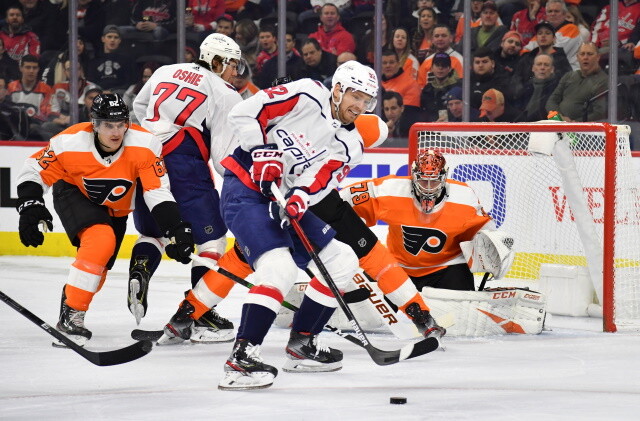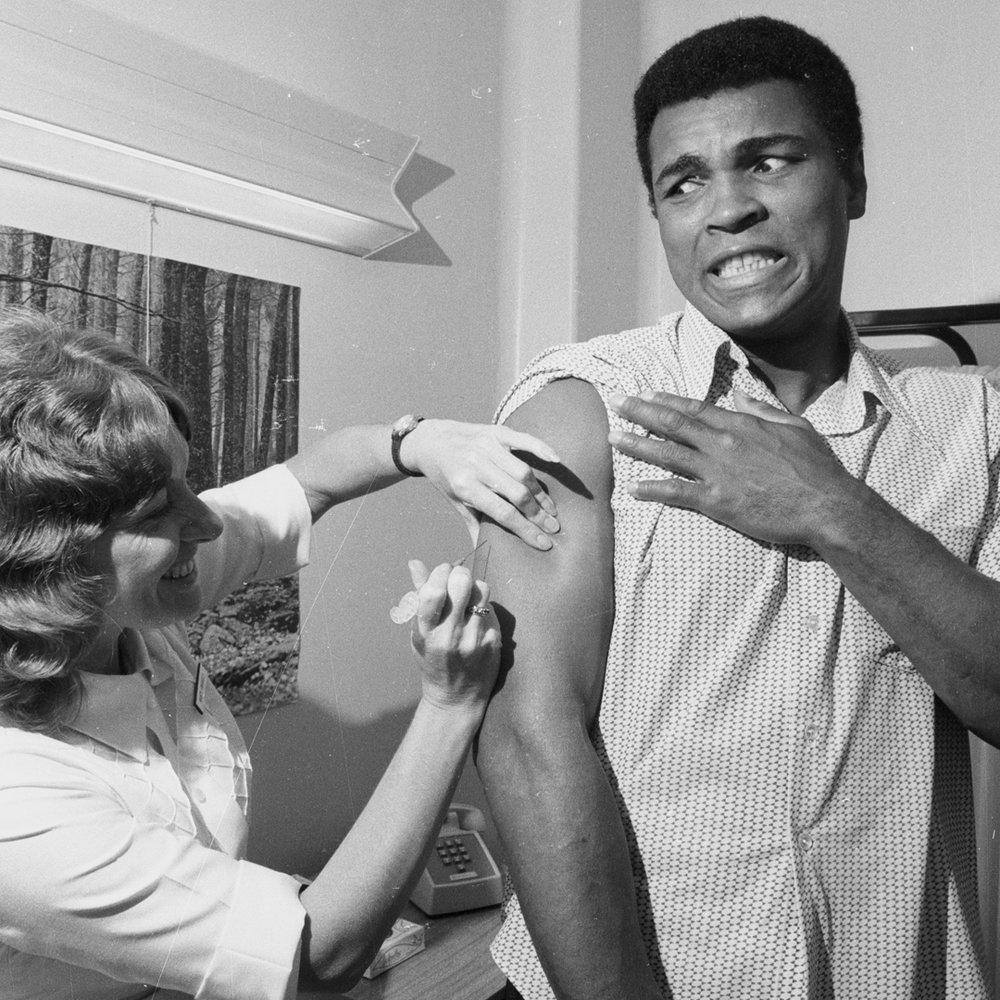Prior to the lockout, a flurry of hot stove activity led to free agents flying off the shelves at lightning speed, especially starting pitchers. However, one segment of the bazaar that wasn’t quite as frenzied was the corner outfield market. Mark Canha and Avisail Garcia signed with the Mets and Marlins, respectively, and utilityman Chris Taylor returned to the Dodgers. That leaves plenty of options still unsigned, including Michael Conforto, Seiya Suzuki, Eddie Rosario, Jorge Soler and many others.
However, the top two corner outfield bats, both of whom also remain unsigned, are Nick Castellanos and Kyle Schwarber. (Kris Bryant is also still available, though he figures to garner plenty of interest as a third baseman.) Despite some subtle differences in their profiles, Castellanos and Schwarber have offered fairly similar production in recent seasons. Castellanos generally offers more in terms of batting average, with Schwarber making up the difference by having a stronger walk rate. Both bring similar power to the table, along with subpar defensive abilities. (Both players figure to benefit from the implementation of the universal DH, widely expected to be part of the next CBA.)
Just how comparable are they? Let’s look at the last five seasons:
Castellanos: .286/.339/.518, 123 wRC+, 11.7 fWAR.
Schwarber: .236/.342/.495, 117 wRC+, 10.8 fWAR.
How about the last three years?
Castellanos: .287/.341/.539, 125 wRC+, 7.3 fWAR.
Schwarber: .245/.346/.516, 123 wRC+, 5.9 fWAR.
Just 2021:
Castellanos: .309/.362/.576, 140 wRC+, 4.2 fWAR.
Schwarber: .266/.374/.554, 145 wRC+, 3.1 fWAR.
However, despite that similar production, their markets have a couple of important differences. First of all, Castellanos is almost exactly one year older. He’ll turn 30 on March 4, with Schwarber turning 29 the very next day. Secondly, Castellanos received and rejected a qualifying offer, meaning the team that signs him will have to surrender a draft pick and potentially international bonus pool money. (For a refresher on what determines the penalty for signing a QO’d free agent, check out this post.) Schwarber, on the other hand, was ineligible to receive a qualifying offer due to the fact that he was traded midseason.
Perhaps the biggest difference, however, is financial. Castellanos was predicted by MLBTR to get a contract of $115M over five years, but prior to the lockout, the most recent news about his market was that he was looking for a seven- or eight-year deal. Schwarber, on the other hand, was reportedly looking for an offer around $60M over three years, not too far from the $70M over four years that MLBTR predicted.
While Castellanos generally comes out ahead of Schwarber when looking at the statistics, it seems it may take a commitment twice as long in order to sign him, in addition to the penalty the signing team would be paying because of the QO. Taking all of that into consideration, if you were sitting in the general manager’s chair, who would you be calling after the lockout ends?





